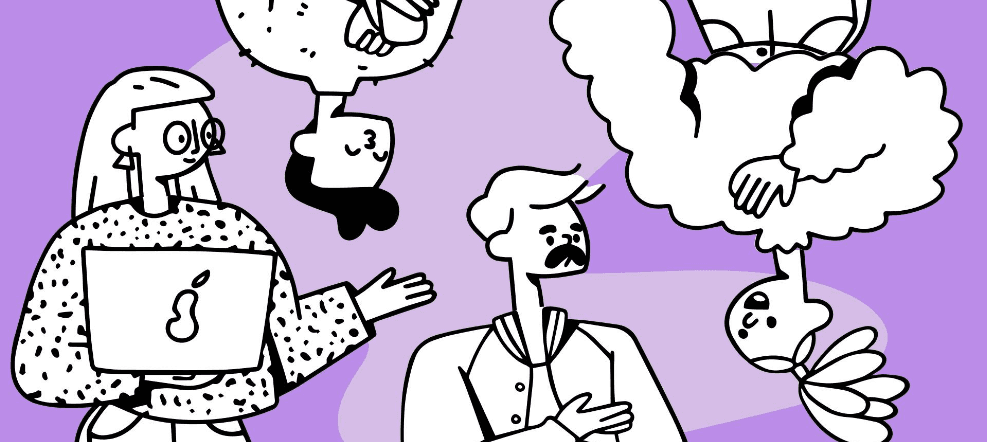Looking to convert HEIC to GIF online quickly and effortlessly? Change My File is the best HEIC to GIF converter that allows you to upload HEIC images and convert them into GIF format instantly—all for free. No downloads, no hidden charges, no watermarks. Just a seamless way to convert HEIC files to GIF in seconds.
Why Use Change My File for HEIC to GIF Conversion?
Best Free HEIC to GIF Converter Online
Our tool is trusted by thousands worldwide for its lightning-fast performance and user-friendly interface. Whether you're a photographer, designer, or casual user, you can easily convert HEIC images to animated GIFs with just a few clicks.
No Software Installation Needed
Unlike traditional tools, our online HEIC to GIF converter works right in your browser. Upload your file, click convert, and download your GIF image instantly.
High-Quality GIF Output
Preserve image clarity and details. Our tool ensures that your converted GIF files maintain optimal visual quality—perfect for sharing on websites, social media, or using in design projects.
What is a HEIC File and Why Convert it to GIF?
HEIC (High-Efficiency Image Coding) is a modern image format used by Apple devices. While HEIC is great for storing high-quality images at small sizes, it isn’t widely supported by all platforms. On the other hand, GIFs (Graphics Interchange Format) are universally compatible and perfect for use in slideshows, social media, and websites. That’s why many users choose to convert HEIC to GIF online for free—it’s fast, easy, and makes your images more shareable.
Features of Our HEIC to GIF Converter
- 100% Free & Unlimited Conversions
- Safe & Secure – Files are automatically deleted after conversion
- Works on Windows, macOS, iOS, Android, and all browsers
- No account or email required
- Drag and drop functionality for faster workflow
Start Converting HEIC to GIF Instantly
Don’t waste time with complex software. With Change My File’s free HEIC to GIF converter, you can quickly and easily convert your HEIC photos to GIF format online with just one click. Experience smooth, secure, and high-quality file conversions today!
Upload your HEIC file now and convert it to GIF for free!
